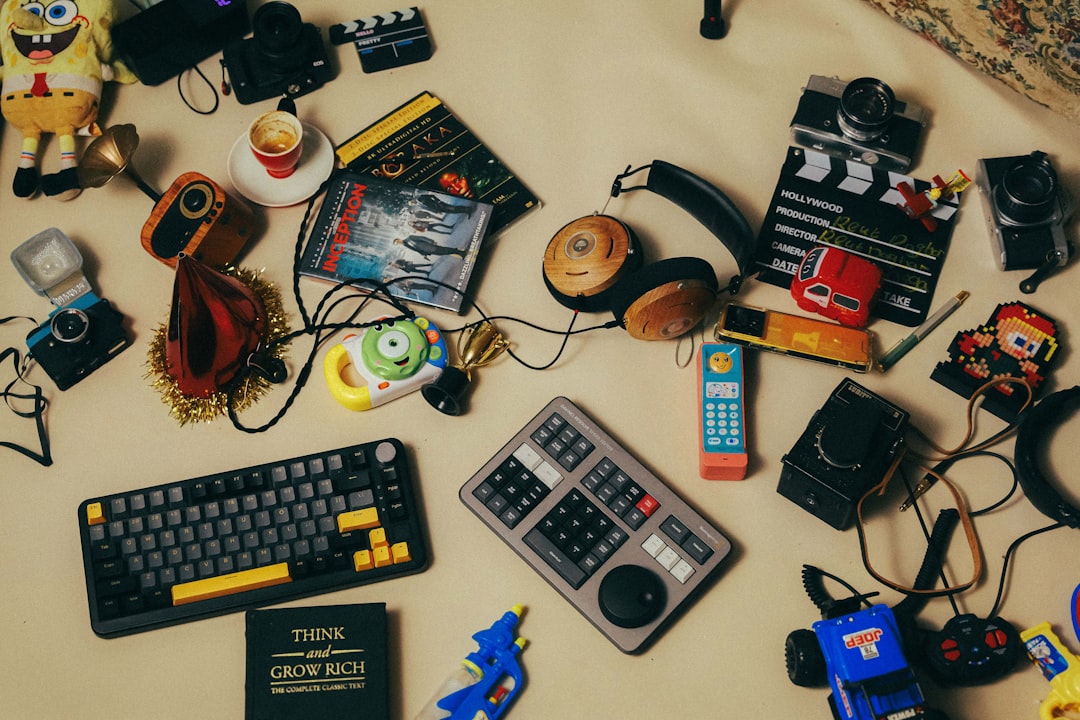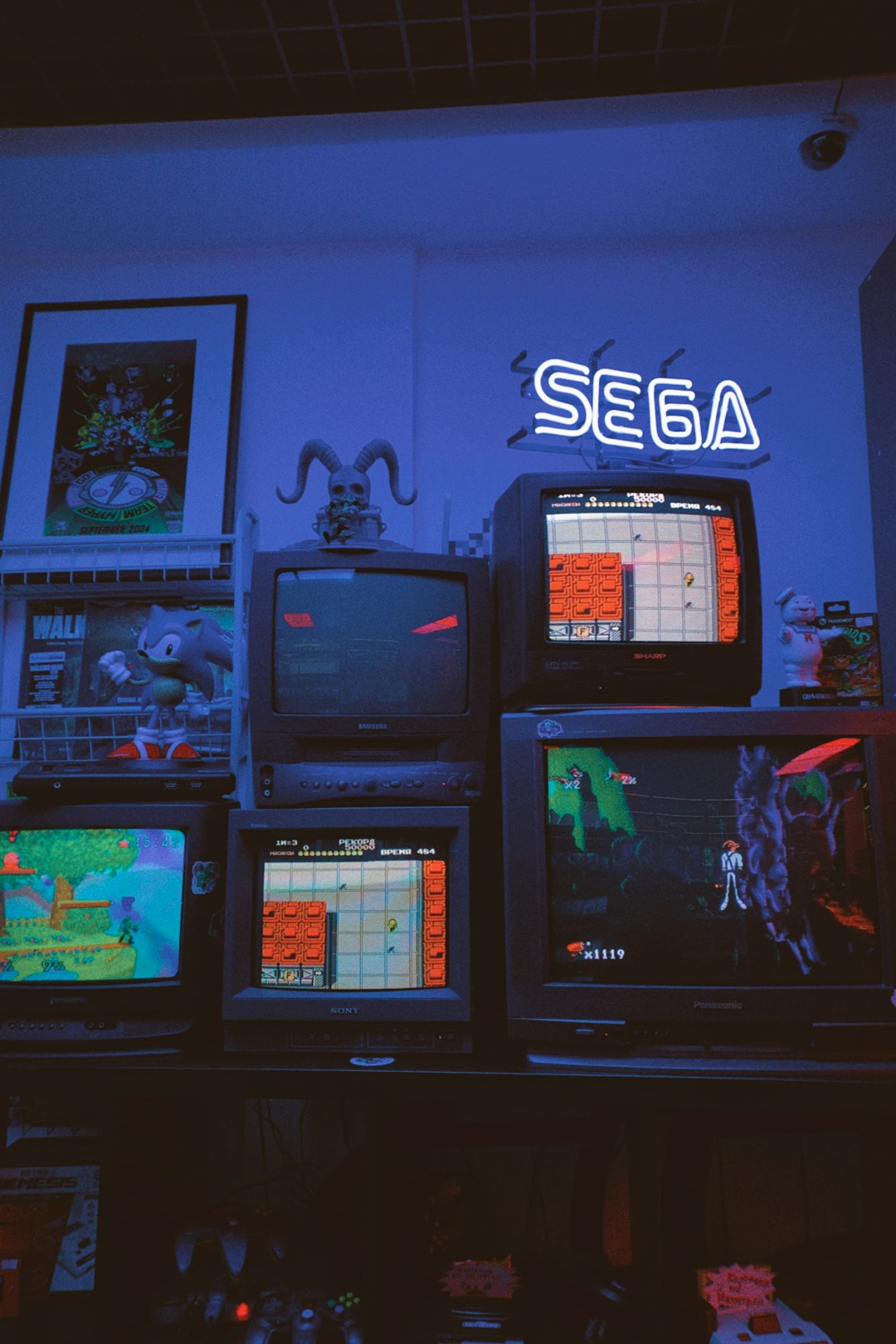The early 1990s were a golden era for handheld gaming, and perhaps no device encapsulates that era’s bold ambitions quite like the Sega Game Gear. Launched in 1990, Sega’s answer to Nintendo’s Game Boy was a vibrant, full-color, backlit handheld system that promised console-quality experiences on the go. Although it couldn’t surpass the Game Boy’s immense popularity, the Game Gear carved out a cult following and offered a treasure trove of memorable games that players still revisit today. As nostalgia for retro consoles grows, a reexamination of Game Gear classics reveals gems that have stood the test of time and still shine with charm and ingenuity.
Sonic the Hedgehog Series
No conversation about Game Gear classics is complete without mentioning Sonic the Hedgehog. Unlike its Sega Genesis counterparts, the Game Gear versions were distinct side-scrolling adventures with unique levels and storylines. Games like Sonic the Hedgehog and Sonic Chaos were optimized for the handheld’s hardware, offering tight platforming and colorful graphics that pushed the system’s capabilities. The Game Gear Sonic titles featured different gameplay styles, which included slower pacing and simplified mechanics suitable for portable play, yet still carried the spirit of Sonic’s high-speed action.

Shining Force: The Sword of Hajya
Strategy RPGs were a rarity on handheld consoles in the early ’90s, but Sega delivered a compelling experience with Shining Force: The Sword of Hajya. Set in a lush fantasy world filled with heroes and villains, this title forced players to think carefully about each move. It offered grid-based combat, character development, and a surprisingly expansive storyline. The turn-based tactics and depth of gameplay made it one of the most beloved RPGs on the platform.
Even in the modern landscape of mobile RPGs, The Sword of Hajya remains respectable for its complexity and charm. It was technically the second part of a larger narrative, following Shining Force Gaiden, which was combined in later re-releases.
Streets of Rage 2
A faithful adaptation of the home console classic, Streets of Rage 2 offered Game Gear owners a chance to brawl on the go. Players could choose from signature characters like Axel and Blaze, taking down legions of enemies in timeless beat-’em-up fashion. Despite hardware limitations, Sega’s developers managed to capture much of the original’s essence — offering fluid controls, solid animations, and iconic music.
For a handheld system, Streets of Rage 2 on the Game Gear was a technical marvel. It’s still recommended for fans of old-school side-scrolling action games.
GG Shinobi
Sega’s Shinobi franchise found a new home on the Game Gear with GG Shinobi, a game that drew comparison to Mega Man for its unique stage selection mechanics. Players initially controlled Joe Musashi but could unlock additional ninja allies with different abilities throughout the game. This mechanic allowed for strategic exploration and gave the game an open-ended feel that was ahead of its time.
Colorful graphics and a compelling soundtrack made GG Shinobi a standout title, and one that many argue was better than several of its console contemporaries. Its sequel, GG Shinobi II: The Silent Fury, further honed the formula with more polish and even tighter gameplay.

Columns
Sometimes, simplicity wins. Columns was Sega’s attempt to rival Tetris, and it offered a slick, refined puzzle experience that was well-suited to short play sessions. Matching three or more jewels of the same color would clear lines, with the pace quickening as players progressed. Although less iconic than Nintendo’s puzzler, Columns was addictive and beautifully designed, thanks to its calming aesthetics and ethereal music.
It remains a go-to title for players looking for a straightforward, no-frills puzzle challenge that holds up well even by today’s mobile gaming standards.
Ristar
In the shadow of Sonic’s popularity, Ristar managed to create a distinct identity with its elastic-limbed hero and inventive gameplay. Instead of speeding through levels, Ristar emphasized grasping and climbing mechanics, making for a slower-paced but richly interactive platforming experience. The Game Gear version trimmed some features from its Genesis counterpart but retained the heart and imagination that made the character so endearing.
With imaginative visuals and whimsical music, Ristar offered a breath of fresh air, and although it didn’t spark a franchise, it gained a loyal fan base among Game Gear enthusiasts.
NHL Hockey
Sports games were another strong suit for the Game Gear, and NHL Hockey proved that competitive gameplay could be engaging even on a small screen. Balancing accessibility with authentic ice hockey mechanics, it delivered fast-paced sports action with simplified controls. It was easy to pick up and had enough team customization and skill depth to keep players coming back.
For sports fans of the era, NHL Hockey served up a miniaturized but satisfying approximation of the NHL experience right in their hands.
Why These Classics Still Resonate
The enduring appeal of these Game Gear titles lies in their creative design and technical achievements. Despite the system’s modest resolution and finite battery life, developers managed to craft games that felt rich and complete. Many Game Gear classics experimented with gameplay styles not often found in handhelds at the time, offering both variety and innovation.
As more players turn to emulators and mini consoles to relive their gaming childhoods, titles like Sonic Chaos, The Sword of Hajya, and GG Shinobi II continue to get the recognition they deserve. These are not merely relics of the past — they are playable, enjoyable, and meaningful slices of video game history that continue to enchant both seasoned and new gamers alike.
Frequently Asked Questions
-
Q: Can I still play Sega Game Gear games today?
A: Yes! Many Game Gear titles are available through emulators, compilation releases, or handheld retro consoles. Some newer systems like the Analogue Pocket also support Game Gear cartridges via adapters. -
Q: What made the Game Gear different from the Game Boy?
A: The Game Gear featured a full-color, backlit screen, while the Game Boy was monochromatic and non-backlit. However, the Game Gear had shorter battery life (about 3–5 hours on six AA batteries). -
Q: Were Game Gear games just ports of Sega Genesis titles?
A: Not always. While some were adaptations, many Game Gear games were uniquely developed for the platform, with adjusted mechanics and level designs. -
Q: Why did the Game Gear lose to the Game Boy?
A: Battery consumption, higher price, and a smaller library of third-party support limited the Game Gear’s long-term appeal compared to the more affordable and efficient Game Boy. -
Q: Are there any hidden gems on the Game Gear worth playing?
A: Definitely. Titles like Crystal Warriors, Dragon Crystal, and Vampire: Master of Darkness are excellent lesser-known games that showcase the system’s versatility.
